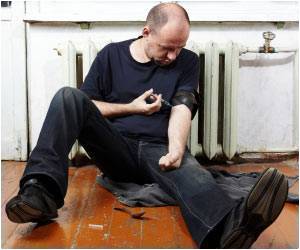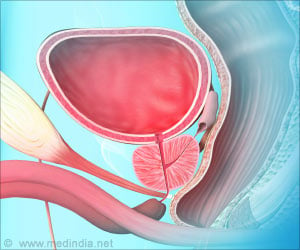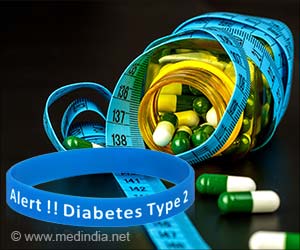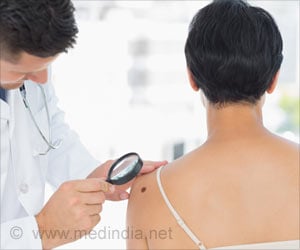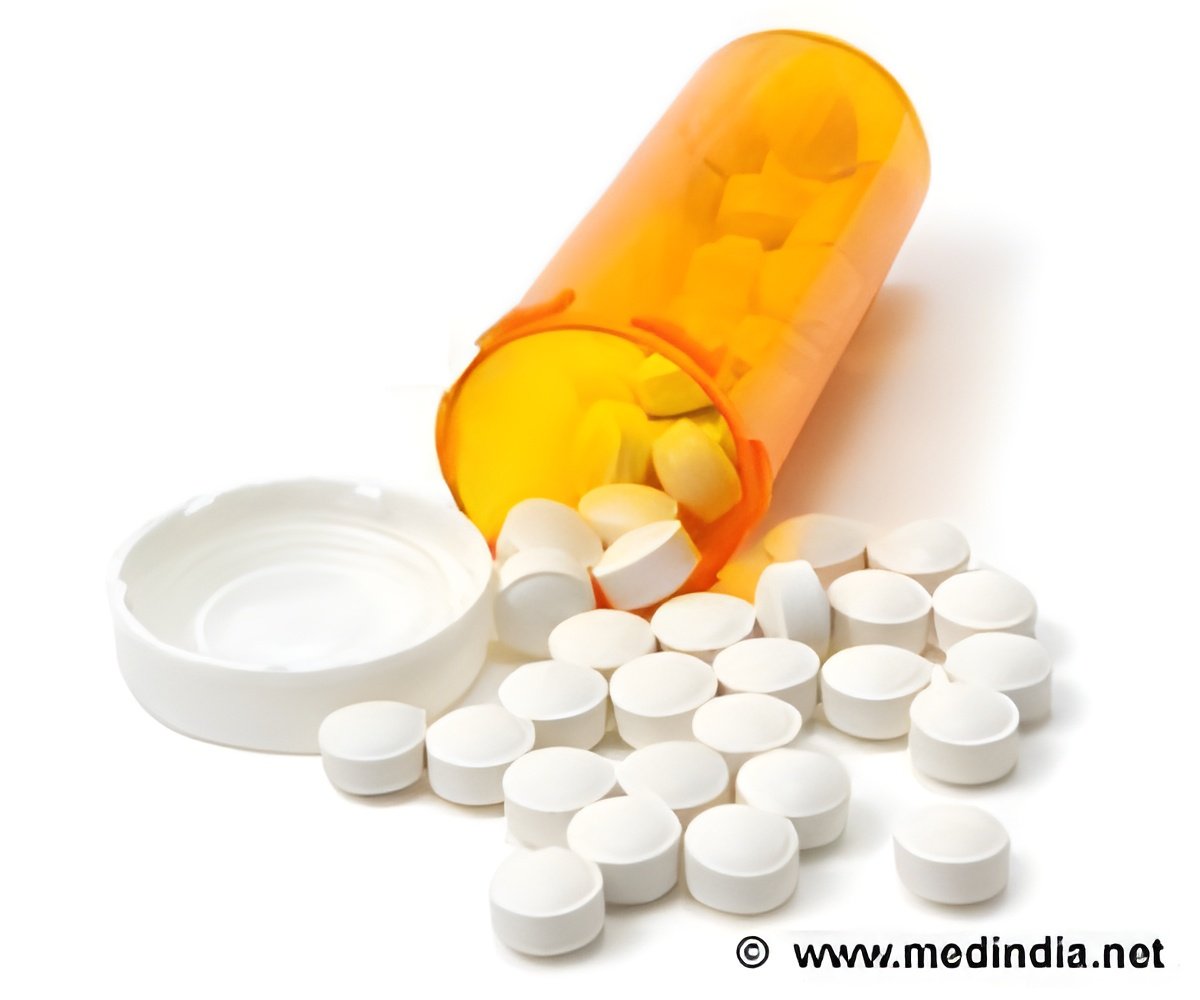
"The process does not require any laboratory instruments and is so simple that the patients can do it themselves," Rudolf Griss from the Swiss Federal Institute of Technology in Lausanne says in a video explaining the invention, which is being refined for commercial use.
People who use medicine for conditions like cancer, heart disease and epilepsy or immunosuppressants to prevent organ rejection after a transplant, risk side-effects or even poisoning from overdosage, or the drugs not working if the dose is too small.
But tests to monitor dosage are expensive, time-consuming and have to be done by trained experts at a laboratory.
A cheap, easy method has long been sought to monitor drug dosage at the patient's home or bedside, especially in remote areas with poor medical infrastructure.
The new molecule "can measure the exact concentration of drug in a patient's blood stream, giving an instant result," said Griss.
Advertisement
When there is no drug around, the receptor and the drug-like molecule within the system bind together. In so doing, they also pull the luciferase and the fluorophore closer together, and the whole produces a red light.
Advertisement
- Diabetes-like test -
"All you need to do is take a drop of the sample, you put it onto a piece of paper, you put the paper into a dark box and you take a picture with a normal digital camera," said Griss.
The picture is then analysed with simple colour-measuring software to determine the concentration of drug in the blood.
The prototype was successfully tested on three immunosuppressants, one anti-epileptic, an anti-arrhythmic and a cancer drug -- and will now form the basis of a start-up company.
"We are currently in the process of transforming this into a system where the patient just puts a pinprick of blood onto a paper test strip, slides it into a handheld reader and gets an instant result similar to the way that diabetics measure their blood sugar levels," said Griss.
Source-AFP

